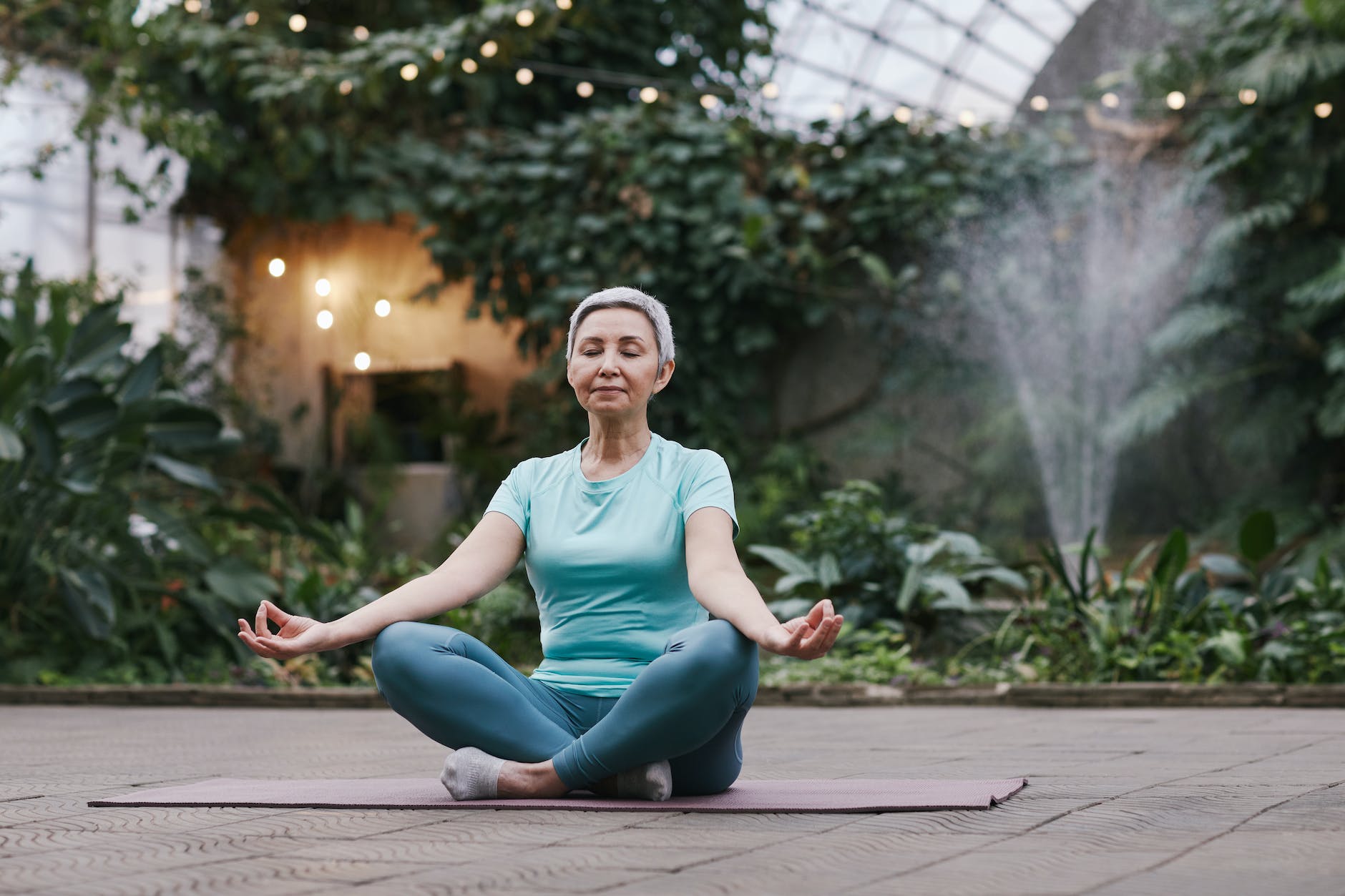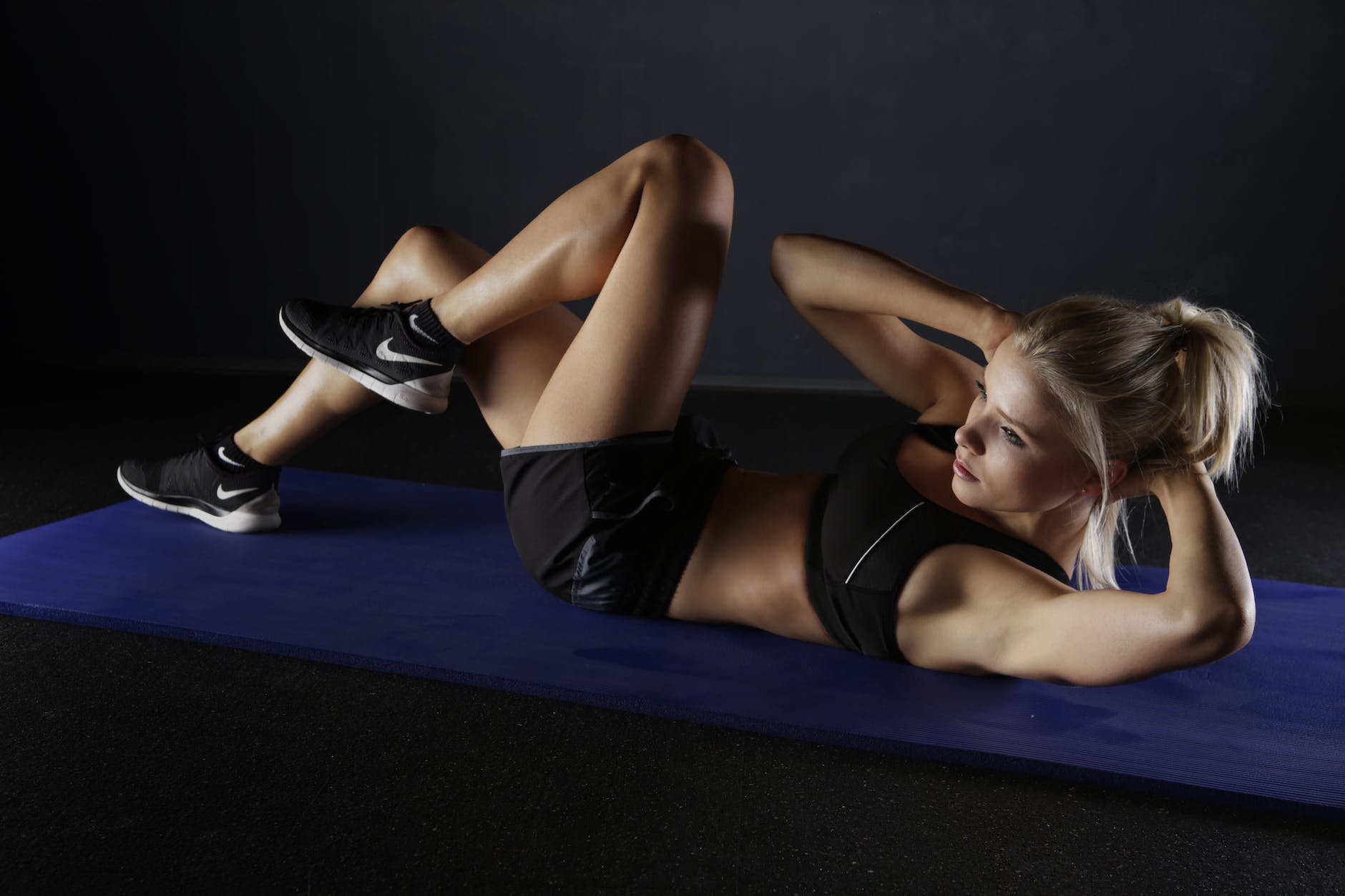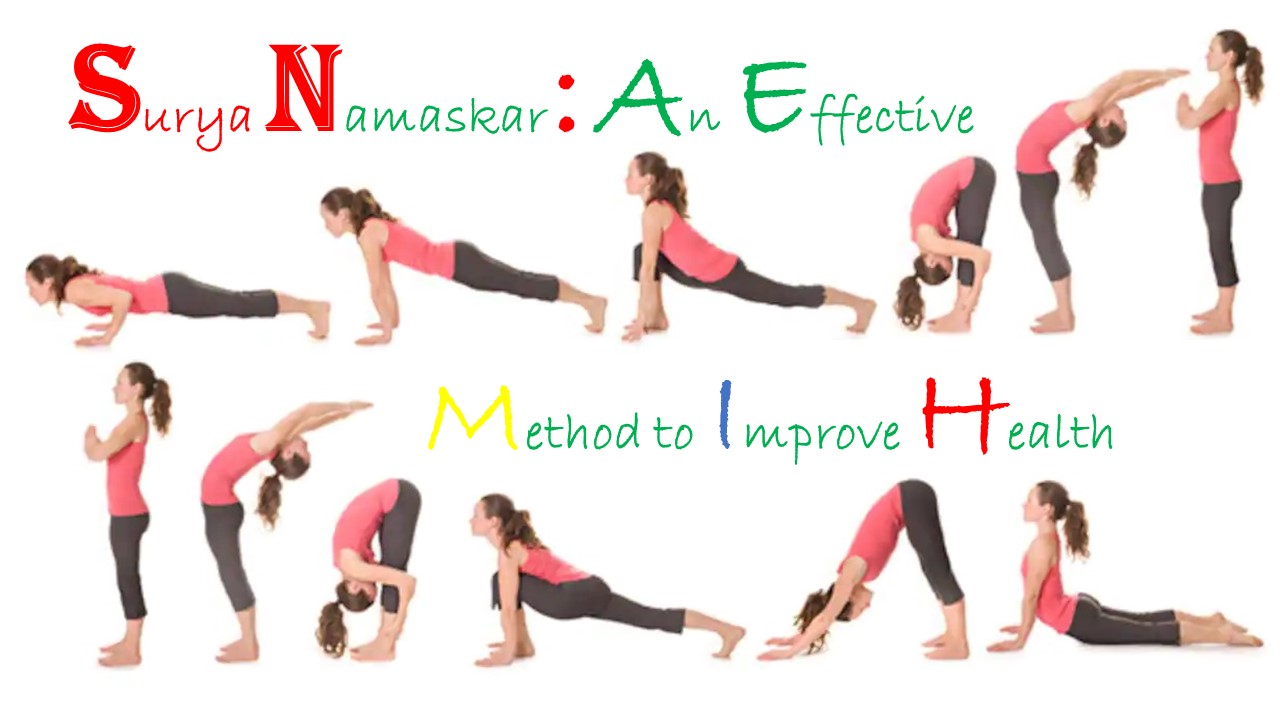10 Effective Yogasanas for Reducing Hypertension
Hypertension is also known as high blood pressure and millions of affected by high blood pressure worldwide. While medication and dietary changes are often recommended treatments, yoga can also play a vital role in managing and reducing hypertension. The combination of physical postures, controlled breathing, and meditation in yoga can help lower blood pressure and promote overall cardiovascular health. In this article, we’ll explore ten effective yoga asanas (postures) that can be incorporated into your daily routine to reduce hypertension.
1. Tadasana (Mountain Pose)
Tadasana is a simple yet powerful pose that helps improve posture and reduce stress, ultimately benefiting blood pressure control. Stand with your feet together, hands at your sides, and take deep, calming breaths. This pose encourages a sense of stability and calmness.
2. Vrikshasana (Tree Pose)
Vrikshasana enhances balance and concentration while promoting relaxation. Stand with your feet together and transfer your body weight onto one leg. Please let me know if you need further assistance.. Place the sole of the other foot against your inner thigh, engage your core, and raise your hands above your head. Focus on your breath to maintain balance. Repeat on the other side.
3. Padangusthasana (Big Toe Pose)
This forward bend stretches the hamstrings and calms the mind. Begin in Tadasana, inhale deeply, then exhale as you bend forward, keeping your spine straight. Hold your big toes with your fingers or use a yoga strap. This pose helps release tension and reduces blood pressure.
4. Janu Sirsasana (Head-to-Knee Forward Bend)
Janu Sirsasana is a seated forward bend that stretches the lower back and hamstrings. Sit and extend the legs and one leg bent at 90 degrees the sole of that leg touching with other leg’s inner thigh. Inhale deeply, then exhale as you bend forward, reaching for the extended foot. This pose promotes relaxation and can help lower blood pressure.
5. Ardha Matsyendrasana (Half Lord of the Fishes Pose)
Ardha Matsyendrasana is a seated twist that stimulates the abdominal organs and promotes detoxification. Sit with your both legs extended, bend one knee, and place the foot outside the opposite thigh. Twist your torso toward the bent knee, using your arm as leverage. This pose can help reduce hypertension by relaxing the nervous system.
6. Bhujangasana (Cobra Pose)
The Bhujangasana is a gentle backbend that strengthens the spine and opens the chest. Lie face down, place your palms beside your shoulders, and lift your chest while keeping your pelvis on the floor. This pose stimulates abdominal organs and may help lower blood pressure over time.
7. Dhanurasana (Bow Pose)
Dhanurasana involves lying on your belly, bending your knees, and reaching back to hold your ankles. This dynamic backbend stretches the entire front of the body, including the chest and abdomen. Regular practice may help improve circulation and reduce blood pressure.
8. Paschimottanasana (Seated Forward Bend)
Paschimottanasana is a seated forward bend that calms the mind and stretches the spine and hamstrings. Sit with your legs extended, inhale deeply, then exhale as you bend forward, reaching for your toes or ankles. The gentle pressure on the abdomen may help regulate blood pressure.
9. Setu Bandhasana (Bridge Pose)
The Setu Bandhasana involves lying on your back, bending your knees, and lifting your hips off the ground. This pose strengthens the back, opens the chest, and can help reduce stress and lower blood pressure.
10. Savasana (Corpse Pose)
Savasana is a relaxation pose that allows the body and mind to fully relax. Lie on your back with your arms and legs slightly spread, palms facing upward. Close your eyes and try to concentrate on your breath. Savasana is a powerful tool for reducing stress, which can contribute to hypertension.
Practical Tips for Yoga Practice:
- Consistency: To reap the benefits of yoga for hypertension, practice these asanas regularly. Consistency is key.
- Breath Awareness: Pay attention to your breath during each pose. Deep and slow breathing can be an effective way to soothe the nervous system and alleviate stress.
- Seek Guidance: If you’re new to yoga or have specific health concerns, consider practicing under the guidance of a certified yoga instructor.
- Listen to Your Body: Respect your body’s limitations. If a pose causes discomfort or pain, modify it or skip it.
- Consult Your Healthcare Provider: Yoga can complement hypertension treatment but should not replace medical advice or medication. Consult your healthcare provider before starting a new yoga practice, especially if you have hypertension.
Conclusion:
Yoga offers a holistic approach to managing and reducing hypertension. These ten asanas, when practiced regularly and mindfully, can help lower blood pressure, reduce stress, and promote overall cardiovascular health. However, yoga should be part of a comprehensive approach to managing hypertension, and it’s essential to consult with your healthcare provider for personalized guidance and treatment.





